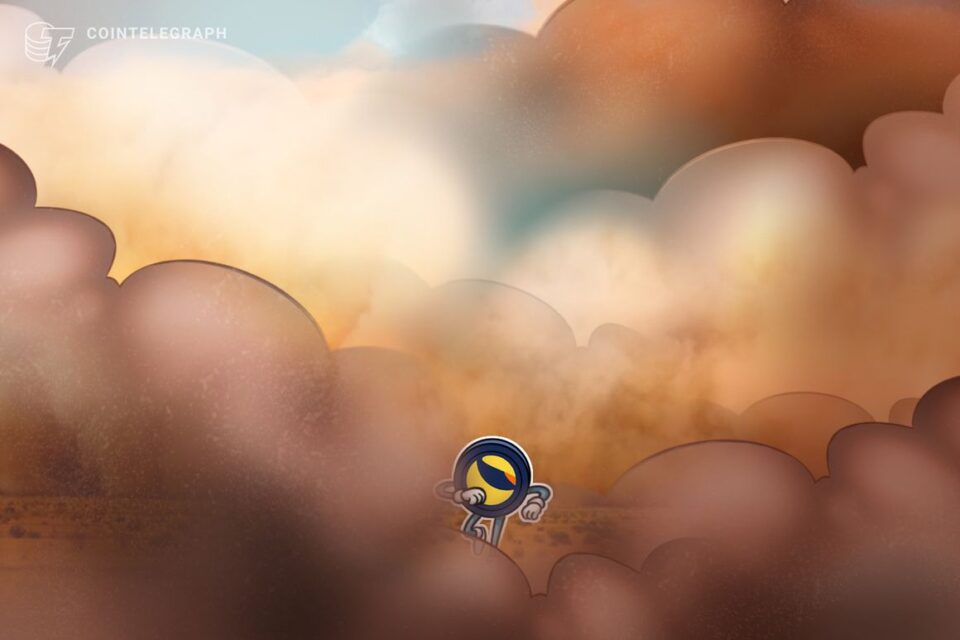Do Kwon: “95% are going to die [coins], but there’s also entertainment in watching companies die too”
8 days ago. Ironic. pic.twitter.com/fEQMZIyd9a
— Pedr (@EncryptedPedro) May 11, 2022
More than $40 billion in investor assets were lost in the crash between May 5 and May 13, 2022. Less than a year later, Do Kwon was arrested after allegedly attempting to flee prosecution for criminal activity associated with the losses.
Volumes have since been written discussing the breakdown, which saw the Luna coin plummet and Terra’s UST stablecoin de-pegged from the U.S. dollar.
Now, for what appears to be the first time, scientists have applied statistical mechanics to essentially reverse-engineer the crash using the same techniques used to study particle physics.
The research, conducted at King’s College London, concentrated on transaction events and orders occurring during the crash. Per the team’s preprint research paper:
“We view the orders as physical particles with motion on a 1-dimensional axis. The order size corresponds to the particle mass, and the distance the order has moved corresponds to the distance the particle moves.”
These same techniques are used to map thermodynamics interactions, molecular dynamics, and atomic-level interactions. By applying them to individual events occurring during a specific period of time in a contained ecosystem, such as the Luna market, the researchers were able to glean deeper insight into the coin’s microstructure and the underlying causes for the collapse.
The process involved moving away from the snapshot methodology involved in the current state-of-the-art approach, Z-score-based anomaly detection, and into a granular view of events as they occurred.
By viewing events as particles, the team was able to incorporate layer 3 data into their analysis (which, above layer one and two data, includes data pertaining to order submissions, cancellations, and matches).
According to the researchers, this led them to uncover “widespread instances of spoofing and layering in the market,” which greatly contributed to the Luna flash crash.
The team then developed an algorithm to detect layering and spoofing. This presented a significant challenge, according to the paper, as there are no known datasets related to the Luna crash that contain accurately labelled instances of spoofing or layering.
In order to train their model to recognize these activities without such data, the researchers created synthetic data. Once trained, the model was then applied to the Luna dataset and benchmarked against existing analysis conducted via the Z-score system.
Related: Top UK university partners with AI startup to analyze crypto market
“Our method successfully detected spoofing events in the original dataset of LUNA trading market,” write the researchers, before noting that the Z-score method “not only failed to identify spoofing but also incorrectly flagged large limit orders as spoofing.”
Going forward, the researchers believe their work could serve as a foundation for studying market microstructure across finance.
The Luna flash crash happened just eight days after Terra co-founder Do Kwon told American-Canadian chess star Alexandra Botez that 95% of crypto coins would fail, adding that there was “entertainment in watching companies die.”





